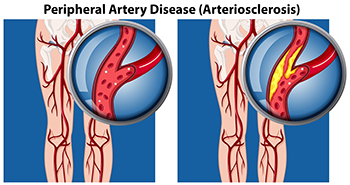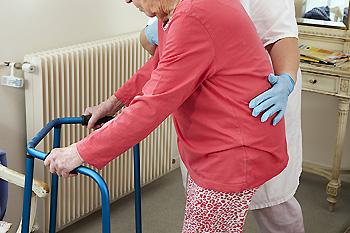
Orthotics can either be custom-made or over-the-counter inserts meant to be worn inside shoes serving a variety of functions. Orthotics can mitigate pain, help treat foot conditions or even help correct deformities. Many patients often ask who can wear orthotics and who might be able to benefit from them. The answer is that many people can potentially benefit from wearing orthotic devices. Some individuals can certainly benefit more than others by wearing orthotics. For example, if a patient has an average weight and height, they might benefit from wearing orthotic devices, especially for heel pain. By wearing orthotics, a patient can potentially decrease the amount of pain they are feeling in their feet. Contact a chiropodist today for more information.
Orthotics are devices that are typically inserted into shoes to treat a variety of foot and ankle problems. If you would like to learn more, please consult with one of the chiropodists from The Footcare Centre. Our chiropodists can help you maintain the health of your lower limbs and your mobility.
What Are Orthotics Used For?
Orthotics are used for the treatment of a variety of foot and ankle problems. These can include biomechanical issues, gait abnormalities, foot pain, injuries, arthritis, deformities, and other medical conditions that affect the lower limbs. Orthotics can be bought in a store or custom-made and prescribed by a chiropodist.
Types of Orthotics
Rigid - Made from carbon fiber or other hard material and designed to ease foot pain and strain
Soft - Made from flexible materials like foam and designed to cushion and support the foot
Full shoe inserts
Half shoe inserts
Heel cups
Heel pads
Night splints
Braces
And more
If you have any questions, please feel free to contact our office located in . We offer the newest diagnostic and treatment technologies for all your foot care needs.





